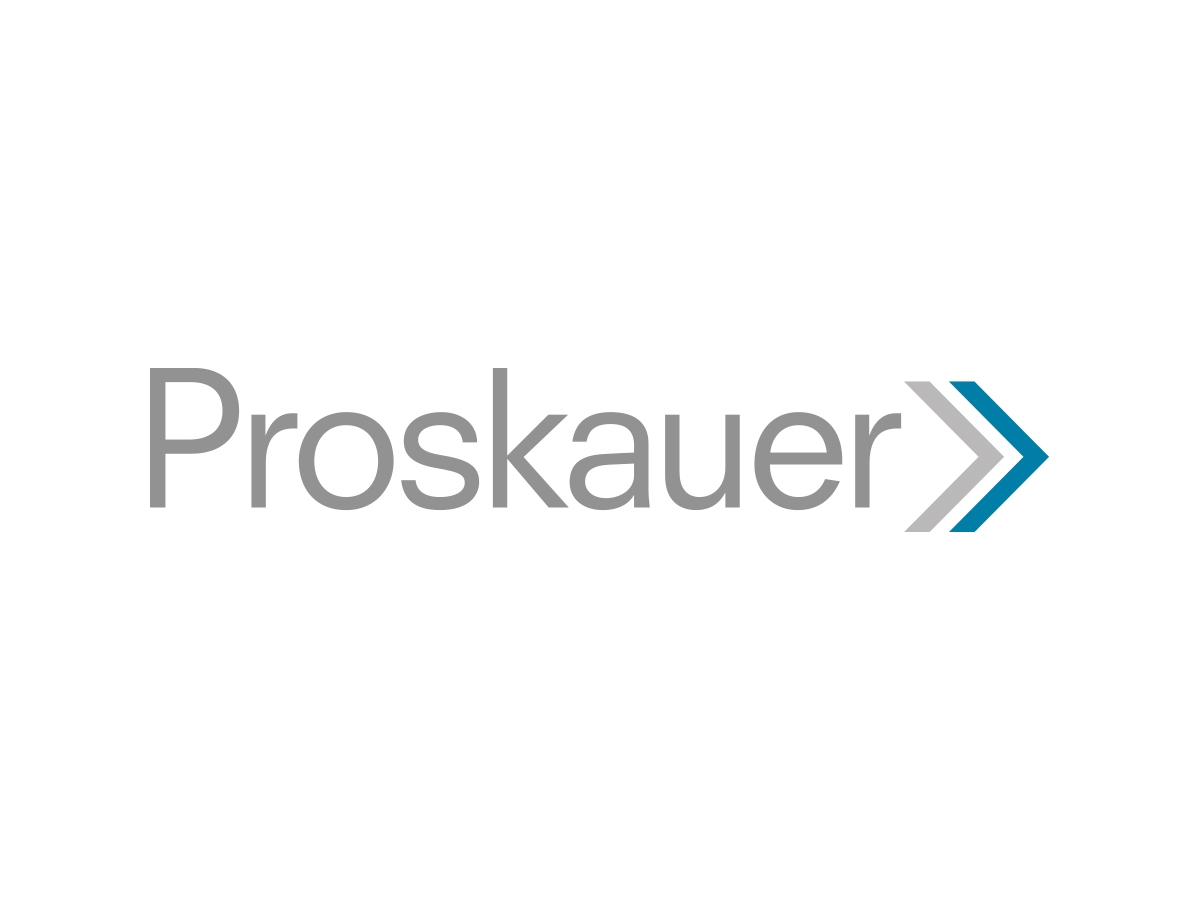Split CAFC Partially Reopens Door for Valve in Attempt to Overturn $4 Million Patent Infringement Ruling
“We now hold that the burden of proving, by a preponderance of the evidence, that a skilled searcher exercising reasonable diligence would have identified an invalidity ground rests on the patent holder, as the party asserting and seeking to benefit from the affirmative defense of IPR estoppel.” – CAFC
Yesterday, the United States Court of Appeals for the Federal Circuit (CAFC) affirmed in part a district court ruling that found video game company Valve willfully infringed Ironburg’s U.S. Patent No. 8,641,525. However, the CAFC judges ruled that the district court erred when it estopped Valve from raising several grounds that were not the subject of its partially-instituted inter partes review (IPR) petition against Ironburg. Judge Clevenger dissented.
A jury levied Valve with $4 million in damages, a sum that Ironburg argued should be enhanced. The district court did not grant enhanced damages, found that the two challenged claim terms were not indefinite, said the claims were willfully infringed, held that Valve was estopped from litigating the prior art grounds on which IPR was requested but not instituted, and also held that Valve was estopped from litigating later-discovered invalidity grounds.
The CAFC affirmed all but the latter holding, explaining that the later-discovered prior art that was not part of the IPR petition must be held to a “skilled searcher” standard that it is the burden of the patent holder to prove is subject to IPR estoppel.
The CAFC judges wrote, “the district court improperly placed the burden of proof on Valve” instead of Ironburg. Thus, the court vacated this aspect of the decision and remanded the subsequently discovered invalidity grounds for further proceedings.
“We agree with Valve and now hold that the burden of proving, by a preponderance of the evidence, that a skilled searcher exercising reasonable diligence would have identified an invalidity ground rests on the patent holder, as the party asserting and seeking to benefit from the affirmative defense of IPR estoppel,” wrote the CAFC.
Estoppel
Valve pursued invalidity grounds based on a third party’s IPR petition that was filed after Valve’s own IPR petition.
Both Valve and Ironburg agreed that the court should apply a “skilled searcher” standard in this case, which is consistent with 35 U.S. Code § 315. This standard says that an IPR petitioner should be estopped from asserting in litigation “any ground that the petitioner . . .reasonably could have raised during . . . inter partes review.”
While the district court did not explicitly state which party was responsible to prove what a skilled searcher could find, the CAFC argued that it was implicit in the district court’s reasoning that the burden was with Valve.
In the district court proceeding, Valve attempted to show the court that it did not uncover the prior art in question even though its search was “reasonably diligent.” Valve also cited Collective Minds’ IPR proceeding, which did not comment on the veracity of its search.
However, the district court found this unconvincing and ruled that Valve failed to offer sufficient evidence to prove its search was diligent.
The CAFC judges wrote, “the district court’s estoppel conclusion rests, however, on an assumption, not yet proven on the record, that the prior art search undertaken by Collective Minds was only ‘reasonably’ diligent and did not involve extraordinary measures.”
Thus, the CAFC agreed with Valve that the burden to prove a skilled searcher would uncover this prior art lies with the patent holder.
Previously, Ironburg attempted to argue that the burden of proof should not lie with the patent holder because the patent challenger will attempt to hide its search efforts through attorney-client privilege. But the CAFC was unconvinced by this argument, stating that it matters what a skilled searcher would find through reasonable diligence, not what the patent challenger did find.
Indefiniteness and Infringement Analyses Affirmed
Valve’s first argument in its appeal was that the district court erred in its decision that two claim terms in the ‘525 patent were not invalid due to indefiniteness. In earlier proceedings, Valve argued that “elongate member” and “substantially the full distance between the top edge and the bottom edge” were indefinite and thus invalid.”
However, the CAFC agreed with the district court and found that a person of ordinary skill would be able to understand the meaning of these terms.
“Valve’s arguments do not persuade us to reach a different conclusion,” the CAFC judges wrote on the subject of the claim constructions.
Valve also made multiple appeals to the CAFC to overturn the infringement verdict or institute a new trial, but the judges remained unconvinced by these appeals.
The case proceeded virtually in 2021 due to the pandemic and the members of the jury were each shipped two video game controllers related to the patent. Neither side objected to this logistical novelty, however, the CAFC cited Valve’s enthusiasm for this method throughout the case as an argument against the company’s appeal that the jurors could not understand certain characteristics of the controller.
Valve’s attempt for a new trial was also unsuccessful. The video game company argued that testimony from Ironburg inventor Duncan Ironmonger tipped over into expert opinion testimony on infringement. But the CAFC disagreed and wrote, “even assuming this strayed into the realm of undisclosed expert opinion, Valve has failed to show that any error in admitting it was prejudicial.”
Ultimately, the CAFC found that the district court did not abuse its discretion by admitting Ironmonger’s testimony. Additionally, the judges wrote, “the jury had substantial evidence to support a verdict of infringement even without considering this testimony.”
This, combined with the circuit court’s disagreement with Valve on other points, resulted in the CAFC affirming the district court’s denial of Valve’s motion for a new trial.
Harmless Error
The CAFC did find that the district court made an error related to Valve’s motion for a reversal of the judgment on willful infringement.
The district court ruled this motion moot because the court was not planning to use its discretion to enhance infringement damages. Thus, the district court found that it did not matter whether or not the willfulness judgment stood. But the CAFC explained that willfulness and enhancement are separate issues and that Valve should have been provided a ruling on the merits of its motion.
The circuit court judges wrote, “a finding of willful infringement may have collateral consequences even for a party not ordered to pay enhanced damages, such as reputational injuries and possible nondischargeability of debts in bankruptcy.”
However, since Valve did not seek further review on the issue and only sought reversal, the CAFC found the mistake to be harmless, as it agreed with the district court’s previous ruling that the infringement was willful.
Dissent
Judge Clevenger dissented from the majority’s holding that the ‘525 patent is not indefinite, asserting that Nautilus, Inc. v. Biosig Instruments, Inc. held that “a patent’s claims, viewed in light of the
specification and prosecution history, [must] inform those skilled in the art about the scope of the invention with reasonable certainty.” In the case of the ‘525 patent, Clevenger said, the “specification teaches the artisan where to find the claimed top edge—it is where certain controls are mounted. But, the artisan still needs to know where along the top edge the key measurement will start, and the specification provides no such guidance.”
Furthermore, said Clevenger, “neither the claims nor the specification give any specific indication of where the claimed bottom edge of the controller is.” Even assuming the drawings teach an artisan how to find the bottom edge, “the artisan is then faced with the same basic dilemma: where along the bottom edge does the key measurement end?”
To illustrate his argument, Clevenger pointed to Figure 2 of the patent, which he said does not allow a would-be competitor to identify the relevant points of measurement on the top and bottom portions of the controller to know if it infringes. Clevenger added:
“The policy purpose of the definiteness requirement is to give a competitor at least a fair chance of avoiding infringement. Sometimes, an invention cannot be described with perfect clarity, and Section 112 cuts some slack for such inventions (e.g., inherent limitations of language). But in this case Ironburg should get no slack: nothing about the English language or the relevant art prevented the patentee from clearly stating where along his top and bottom edges he required his ‘full distance’ measurement to be made.”
Thus, Clevenger would have found the patent indefinite.






